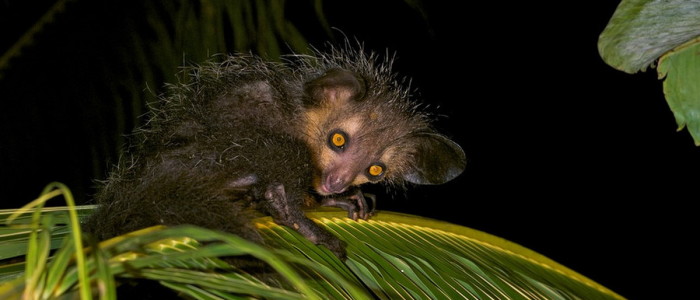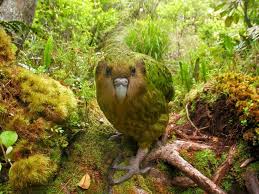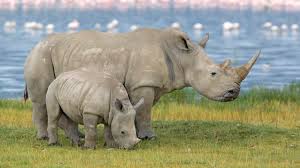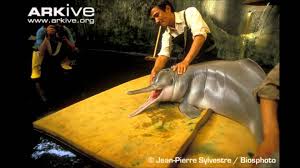
In March, Goldenrod Foundation’s Nature, Conservation and Environment Book Club tackles the topic of extinction. We will read Last Chance to See by Douglas Adams and Mark Carwardine (1992) and the following selections from American Earth: Environmental Writing Since Thoreau edited by Bill McKibben (2008):
- The Last Passenger Pigeon from Tales You Won’t Believe by Gene Stratton-Porter (1925), pp. 192-204,
- From Do Androids Dream of Electric Sheep? by Philip K. Dick (1968), pp. 451-453,
- Planet of Weeds by David Quamman (1998), pp. 874-897.
Most people don’t laugh when they discuss the extinction of animals. Indeed, it is a serious and disturbing issue. However, our book selection for this month is a funny account of the author’s journey to remote areas to pursue and observe animals at the brink of extinction.

The kakapo, a flightless parrot. Photo credit: kidscissorhybrid.com
Last Chance to See was written by Douglas Adams (of Hitchhiker’s Guide to the Galaxy), along with a zoologist, Mark Carwardine. Adams supplies the comedic portrayal of their misadventures in search of such varied animals as Komodo dragon, kakapo and baiji dolphin, while Carwardine, who is a biologist, makes sure Adams gets his facts straight and attempts to keep him alive and out of trouble.
Along with many laughs, Adams gives the reader insight into why the populations of some animals have dwindled to near zero, what is being done (in the late 1980’s) to save them, and what is needed to ensure their persistence into the future.

Northern White Rhinoceros
On a more serious note, our selections from American Earth cover the demise of a bird once so numerous that the passage of flocks darkened the sky for days – the passenger pigeon, and what the world might be like without our animal companions both literally and emotionally.
Some questions to think about when reading the selections are:
- What are the reasons each species is facing extinction? Any similarities?
- Is it worth the great efforts of time, money and resources to save endangered animals? Why, or why not? How do you decide which species to try to save?
- What do you think are the most important reasons to stave off extinctions?
- What will the world of your great, great grandchildren look like?
If you find yourself interested in the fate of the species discussed in Last Chance to See, BBC, which sponsored the radio programs upon which the book was based, did a series of television programs in 2009 and 2010 relating the present status of most of the animals. Click on the name of the animal to go to its program:
Kakapo (New Zealand flightless parrot)
Aye-aye (type of lemur)

Bajii or Yangtze River Dolphin